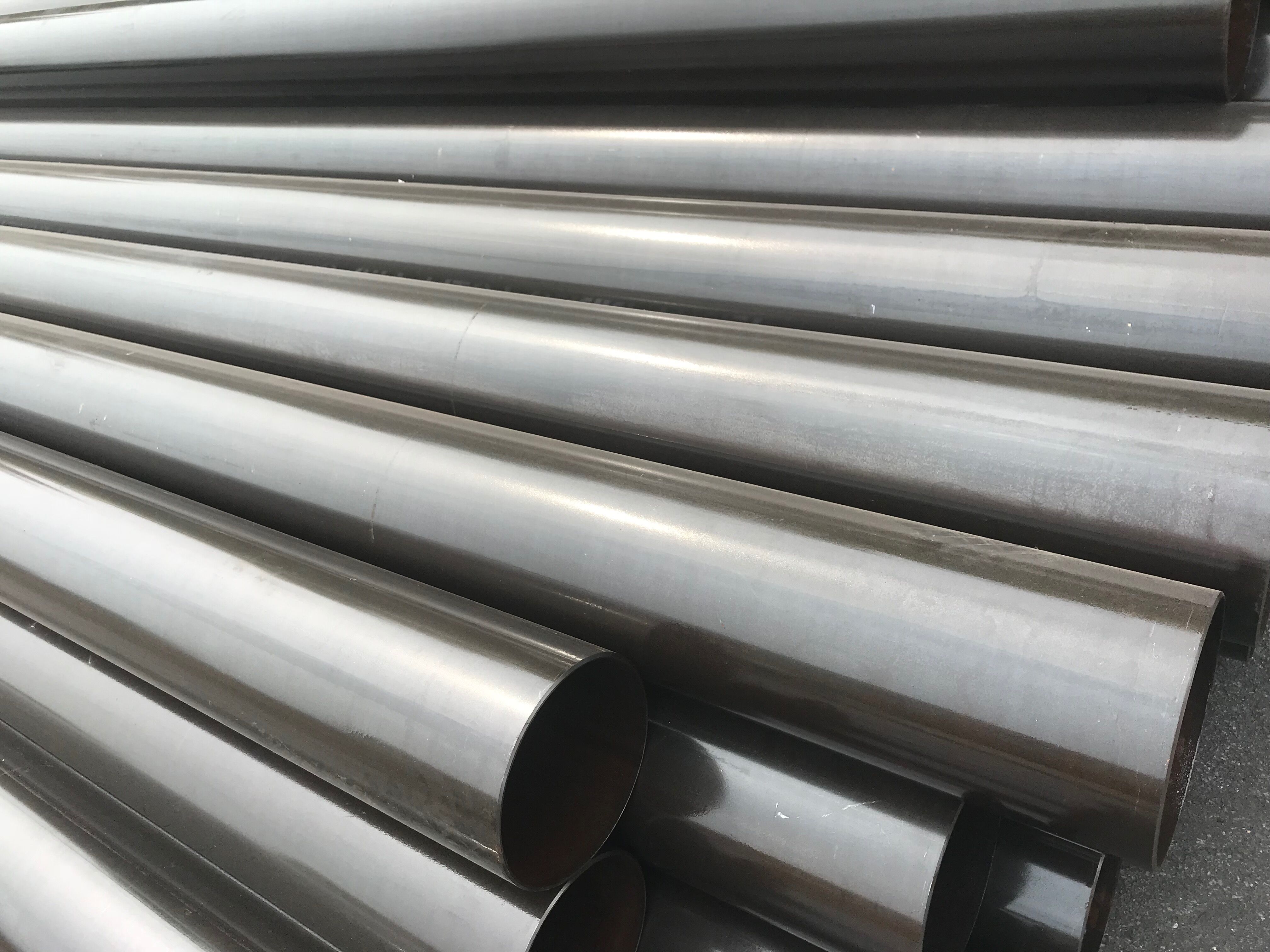Jan . 25, 2024 16:10 Back to list
Stainless Steel EFW Pipe-stainless steel Common Causes of Rust on Stainless Steel:
When compared to other metals and alloys, stainless steel is the most resistant to corrosion and will not rust under normal environments. Stainless steel contains chromium, and when exposed to oxygen it forms a thin invisible layer called chromium oxide. Rust can form when this layer is damaged from exposure to cleaners, chloride, high humidity, high salinity environments, and/or mechanical abrasions.
Common Causes of Rust on Stainless Steel:
Improper cleaning:
When dirt is not removed, or the surface is not thoroughly rinsed and dried after cleaning, it can allow iron – found in most water – to react to the oxygen in the air, causing rust.
Scrubbing the surface with steel wool or wire brush:
When this process is used to clean stainless steel, particles are embedded onto the surface. Rust can form when these particles are exposed to humid air or moisture.
Cleaning chemicals:
At times, it’s not always the products being used directly on the stainless steel that causes rust. For example, chemicals that are used for cleaning concrete or windows can land on the stainless steel surface and react with the air to form rust.
Maintenance and Prevention for Rust on Stainless Steel:
Due to the chromium oxide layer stainless steel can be self-healing, but maintenance is required. For everyday cleaning use a mild soap/detergent with warm water. Wash the surface and rinse with fresh water and a clean cloth, then dry completely. Another alternative is to purchase a special cleaning kit or have the products refinished.
To prevent this from happening in the future, consider these tips:
- Using a different type of finish. It is best to talk with a professional when determining what is the best finish option.
- For harsh environments, consider using a higher grade of stainless steel.
- During construction or remodeling leave the product’s original plastic film on, or use something similar until the project is complete.
-
High Quality Mild Steel Pipe Manufacturers in China for Exporting Premium Industrial Solutions
NewsAug.01,2024
-
Exploring Key Characteristics of Wholesale API Steel Pipes for Your Business Needs
NewsAug.01,2024
-
Current Wholesale Prices for ERW Steel Pipes in the Market Right Now
NewsAug.01,2024
-
Exploring the Diverse Applications and Benefits of China Round Steel Pipes in Construction and Industry
NewsAug.01,2024
-
Top Quality API 5L ERW Steel Pipe Manufacturer Offering Reliable and Durable Solutions for Your Needs
NewsAug.01,2024
-
Reliable Supplier of Premium Quality Concrete Pipes for Durable Construction Projects
NewsAug.01,2024
